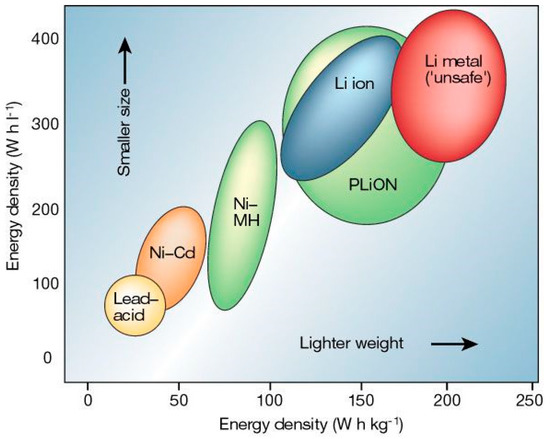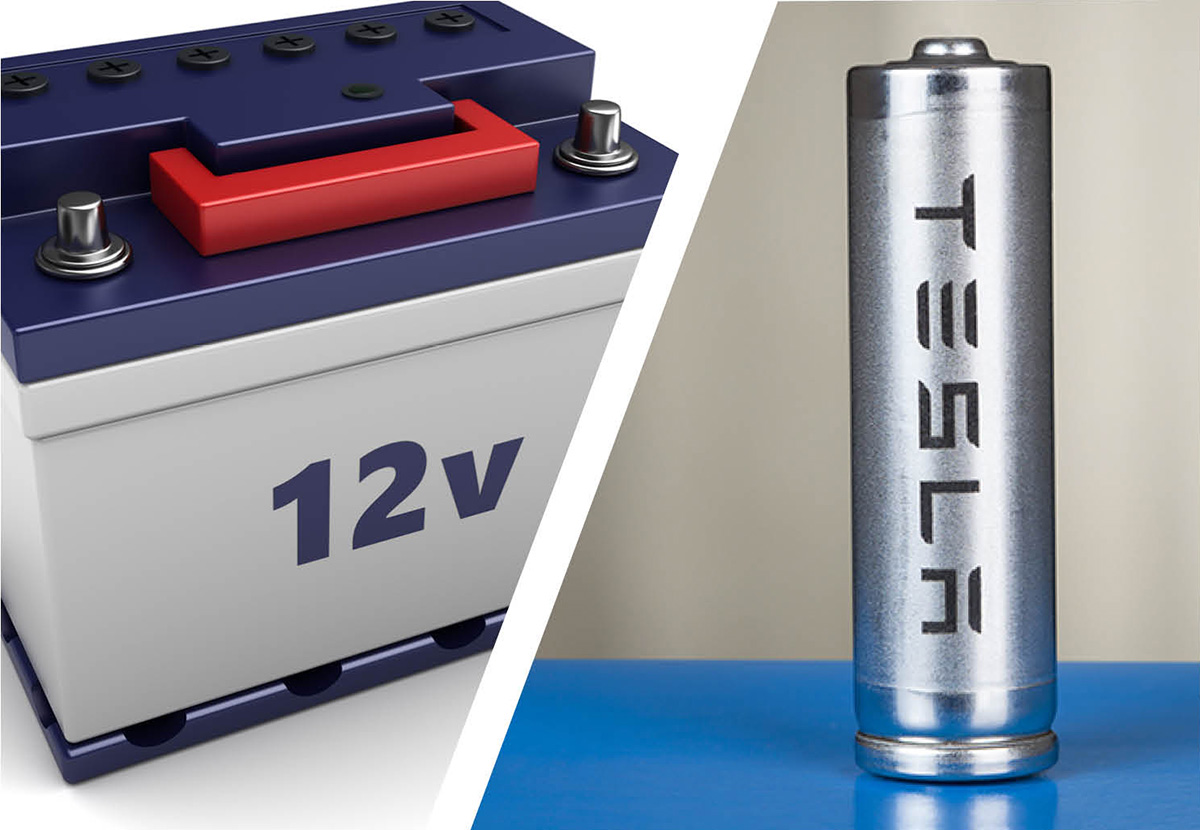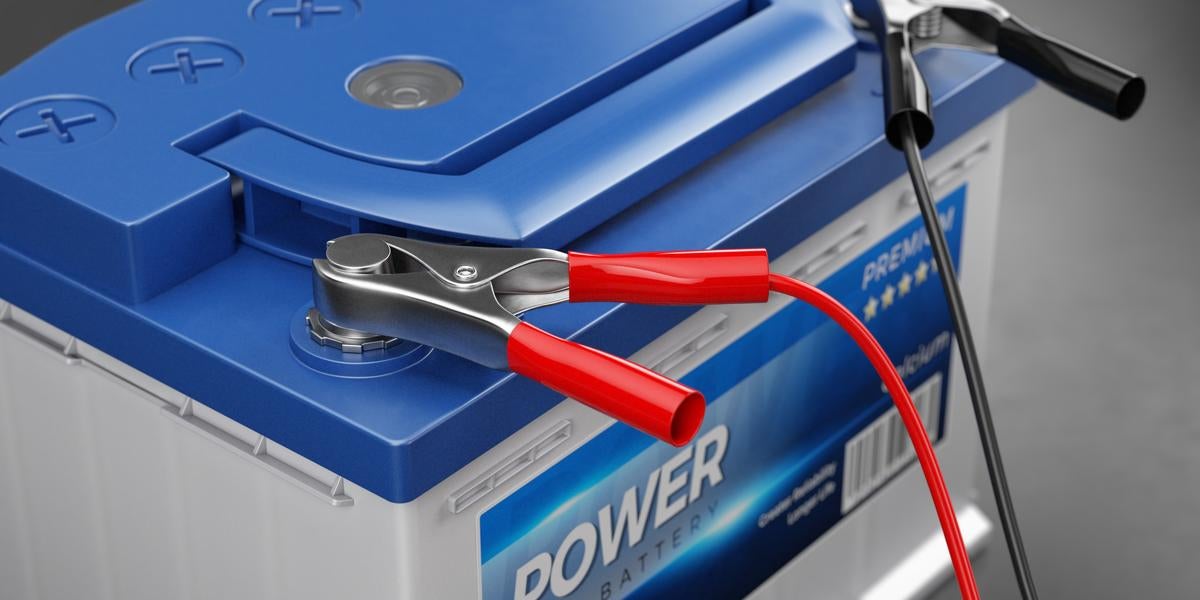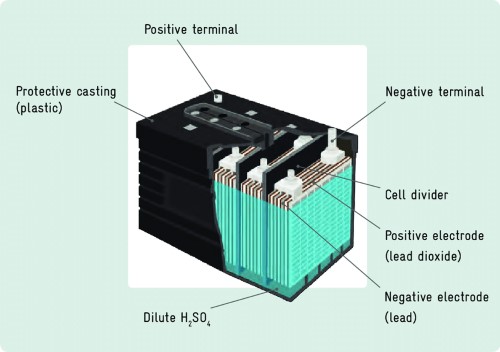Electric car lead-acid battery technology is outdated but remains cost-effective. It offers limited range and efficiency compared to newer technologies.
Lead-acid batteries have been used in electric vehicles for decades. Their affordability and reliability make them a practical choice for many applications. Despite being heavy and having a lower energy density, they are easy to recycle and maintain. Lead-acid batteries are often used in smaller electric vehicles and as auxiliary power sources.
Recent advancements focus on improving their efficiency and lifespan. However, they face competition from lithium-ion and other advanced battery technologies. Consumers and manufacturers are gradually shifting towards these modern alternatives for better performance and longer driving ranges. Understanding lead-acid battery technology helps in appreciating the evolution of electric vehicle power sources.

Credit: www.mdpi.com
History Of Lead-acid Batteries
The history of lead-acid batteries is rich and fascinating. These batteries have powered vehicles for over a century. They were among the first rechargeable batteries ever created. Let’s explore their journey from inception to modern use in electric cars.
Early Development
In 1859, French physicist Gaston Planté invented the lead-acid battery. It was the first rechargeable battery. Planté’s design used two lead sheets rolled into a spiral. He submerged them in a sulfuric acid solution. This was a major innovation in energy storage.
By 1881, Camille Alphonse Faure improved Planté’s design. He added a lead oxide paste to the lead plates. This increased the battery’s capacity and efficiency. It made lead-acid batteries more practical for everyday use.
Evolution In Automotive Industry
In the early 20th century, lead-acid batteries found their way into cars. The first electric cars used these batteries. They provided a reliable power source.
By the 1920s, gasoline engines became more popular. Still, lead-acid batteries remained crucial. They powered car lights, starters, and ignition systems. Their importance in vehicles grew with each decade.
In recent years, electric cars have seen a resurgence. Lead-acid batteries still play a role. They are used in hybrid and some electric vehicles. Their reliability and cost-effectiveness make them a continued choice for many applications.
Here is a brief timeline of the key developments:
| Year | Milestone |
|---|---|
| 1859 | Gaston Planté invents the lead-acid battery |
| 1881 | Camille Alphonse Faure improves the design |
| 1900s | Lead-acid batteries used in early electric cars |
| 1920s | Adoption in gasoline cars for lights and starters |
| 2000s | Continued use in hybrid and electric vehicles |
Lead-acid batteries have a long and storied history. They have evolved significantly since their invention. Their role in the automotive industry remains important today.

Credit: chargedevs.com
Basics Of Lead-acid Batteries
Electric cars often use lead-acid batteries. These batteries are reliable and cost-effective. They have been around for many years. Understanding their basics helps in knowing their advantages.
Components
Lead-acid batteries have a few main parts. Here is a list of key components:
- Lead Plates: These are the battery’s electrodes.
- Sulfuric Acid: This is the electrolyte that enables the flow of ions.
- Separator: This keeps the positive and negative plates apart.
- Battery Case: This holds all the components together.
Working Principle
The working principle of lead-acid batteries is simple. Here is a step-by-step explanation:
- When the battery discharges, a chemical reaction occurs.
- The lead plates react with sulfuric acid.
- This reaction produces electricity.
- During charging, the process reverses.
- The lead plates return to their original state.
Lead-acid batteries are efficient. They store and release energy effectively. They are also easy to maintain. This makes them a popular choice for electric cars.
Advantages Of Lead-acid Batteries
Electric cars often use lead-acid batteries. These batteries offer several advantages. Let’s explore two key benefits: cost-effectiveness and recyclability.
Cost-effectiveness
Lead-acid batteries are cost-effective. They are cheaper compared to other batteries. This makes them accessible for many users.
| Battery Type | Cost per kWh ($) |
|---|---|
| Lead-Acid | 150 |
| Lithium-Ion | 200 |
As seen in the table, lead-acid batteries are more affordable. This makes them a preferred choice for budget-conscious buyers.
Recyclability
Lead-acid batteries are highly recyclable. Over 95% of these batteries can be recycled. This is good for the environment.
- Lead can be reused.
- Plastic parts are also recyclable.
- Acid can be neutralized and safely disposed of.
Recycling helps reduce waste. It also saves natural resources.
Challenges In Lead-acid Batteries
Lead-acid batteries have been around for over a century. They are still used in many electric cars. However, they come with their own set of challenges. These challenges impact their efficiency and performance. Let’s explore two major issues: Weight and Energy Density.
Weight Issues
Lead-acid batteries are very heavy. This is a big problem for electric cars. The extra weight reduces the car’s efficiency. The car needs more energy to move. This also impacts the car’s speed and range.
Here is a comparison of battery weights:
| Battery Type | Weight (kg) |
|---|---|
| Lead-Acid | 30-50 |
| Lithium-Ion | 10-20 |
As you can see, lead-acid batteries are much heavier. This makes them less suitable for modern electric cars.
Energy Density Limitations
The energy density of a battery is how much energy it can store. Lead-acid batteries have low energy density. This means they store less energy than other types.
Here is a simple comparison:
- Lead-Acid: 30-40 Wh/kg
- Lithium-Ion: 150-200 Wh/kg
Due to lower energy density, lead-acid batteries need to be larger to store more energy. This again adds to the weight issue. It also limits the range of the electric car.
These challenges make lead-acid batteries less ideal for electric cars. They are slowly being replaced by more efficient alternatives.
Innovations In Lead-acid Technology
Electric car lead-acid battery technology has come a long way. Innovations in this field are making these batteries more efficient and reliable. Let’s explore some of the key advancements.
Advanced Electrolytes
New types of electrolytes improve battery performance. These advanced electrolytes reduce water loss and enhance charge retention. They also help in maintaining the battery’s overall health.
Some benefits of advanced electrolytes are:
- Longer battery life
- Better energy efficiency
- Reduced maintenance needs
These improvements make lead-acid batteries more suitable for electric cars.
Enhanced Grid Design
Enhanced grid design is another critical innovation. It involves using stronger and lighter materials for the battery grids. This results in better electrical conductivity and reduced corrosion.
Key features of enhanced grid design include:
- Increased durability
- Higher energy density
- Improved charge acceptance
These features ensure that the batteries last longer and perform better.
| Innovation | Benefit |
|---|---|
| Advanced Electrolytes | Longer battery life |
| Enhanced Grid Design | Higher energy density |
These innovations are transforming lead-acid battery technology. They are making electric cars more efficient and reliable.
Lead-acid Batteries In Modern Evs
Electric vehicles (EVs) are changing the way we think about transportation. While lithium-ion batteries often dominate the conversation, lead-acid batteries still play a significant role in modern EVs. These batteries offer unique benefits that make them suitable for specific applications. This section explores the relevance of lead-acid batteries in today’s electric vehicles.
Applications
Lead-acid batteries are commonly used in low-speed electric vehicles. These include golf carts, forklifts, and e-bikes. They are also popular in hybrid electric vehicles (HEVs). In these vehicles, lead-acid batteries support the primary lithium-ion battery. This combination enhances performance and extends battery life.
- Golf carts
- Forklifts
- E-bikes
- Hybrid electric vehicles
Performance Metrics
Lead-acid batteries offer several performance metrics that are beneficial for EVs. One key metric is their high discharge rate. This allows for quick bursts of power. Additionally, they have a low self-discharge rate. This means they can hold a charge for longer periods when not in use.
| Metric | Performance |
|---|---|
| High Discharge Rate | Quick bursts of power |
| Low Self-Discharge Rate | Longer charge retention |
Cost-effectiveness is another important metric. Lead-acid batteries are cheaper to produce compared to other types. This makes them a budget-friendly option for various EVs. They are also recyclable, which is good for the environment.
The durability of lead-acid batteries is noteworthy. They are robust and can withstand rough conditions. This makes them ideal for industrial applications. For example, forklifts that operate in challenging environments benefit from this durability.
Comparing Lead-acid With Lithium-ion
Electric cars use batteries to store energy. There are two main types: Lead-Acid and Lithium-Ion. Let’s compare these two technologies.
Energy Density
Energy density refers to the amount of energy stored in a battery. Lithium-Ion batteries have a higher energy density. They store more energy in a smaller space.
Lead-Acid batteries have lower energy density. They are heavier and bulkier. This makes them less efficient for electric cars.
| Battery Type | Energy Density (Wh/kg) |
|---|---|
| Lead-Acid | 30-50 |
| Lithium-Ion | 150-200 |
Lifecycle Costs
Lifecycle costs include the total cost over a battery’s life. Lithium-Ion batteries have a higher upfront cost. But they last longer and have lower maintenance costs.
Lead-Acid batteries are cheaper to buy. But they wear out faster. You need to replace them more often.
- Lead-Acid: Lower initial cost, higher maintenance, shorter lifespan
- Lithium-Ion: Higher initial cost, lower maintenance, longer lifespan
Considering both energy density and lifecycle costs, Lithium-Ion batteries are better for electric cars.

Credit: www.power.com
Future Prospects
The future of electric car lead-acid battery technology holds great promise. Researchers and companies are working hard to improve these batteries. Let’s explore the future prospects through research directions and market trends.
Research Directions
Scientists are exploring ways to boost the energy density of lead-acid batteries. Higher energy density means longer driving ranges for electric cars. Research is also focusing on reducing the charging time. Faster charging makes electric cars more convenient.
Another key area is improving the cycle life of these batteries. A longer cycle life reduces the need for frequent replacements. Researchers are also working on making batteries more environmentally friendly. This includes using materials that are easier to recycle.
| Research Area | Focus |
|---|---|
| Energy Density | Longer driving ranges |
| Charging Time | Faster charging |
| Cycle Life | Longer battery life |
| Environmental Impact | Better recycling |
Market Trends
The market for lead-acid batteries in electric cars is growing. One trend is the increasing demand for electric vehicles (EVs). As more people buy EVs, the need for better batteries rises.
Another trend is the push for cost reduction. Lowering the cost of batteries makes EVs more affordable. Companies are also focusing on innovation. New technologies are being developed to improve battery performance.
Let’s summarize these trends:
- Rising demand for EVs
- Focus on cost reduction
- Innovation in battery technology
These trends show a bright future for lead-acid battery technology in electric cars. The industry is moving towards better, cheaper, and more efficient batteries.
Frequently Asked Questions
Do Any Electric Cars Use Lead-acid Batteries?
Yes, some older electric cars use lead-acid batteries. Most modern electric cars prefer lithium-ion batteries for better performance and efficiency.
Why Lead-acid Battery Is Not Used In Ev?
Lead-acid batteries are heavy and have lower energy density. They provide shorter range and slower charging times. Lithium-ion batteries are more efficient and preferred in EVs.
What Is The New Battery Technology For Electric Cars?
The new battery technology for electric cars is solid-state batteries. They offer higher energy density, faster charging, and improved safety compared to traditional lithium-ion batteries.
What Will Replace Lithium For Ev Batteries?
Solid-state batteries and sodium-ion batteries might replace lithium in EV batteries. These alternatives promise better performance and safety.
What Is Lead-acid Battery Technology?
Lead-acid battery technology uses lead dioxide and sponge lead to store electrical energy.
Conclusion
Electric car lead-acid battery technology continues to evolve. Its cost-effectiveness and reliability make it a viable option. As advancements continue, this technology holds promise for sustainable transportation. Stay informed about the latest developments and consider lead-acid batteries for your electric vehicle needs.
The future of green mobility is bright.
